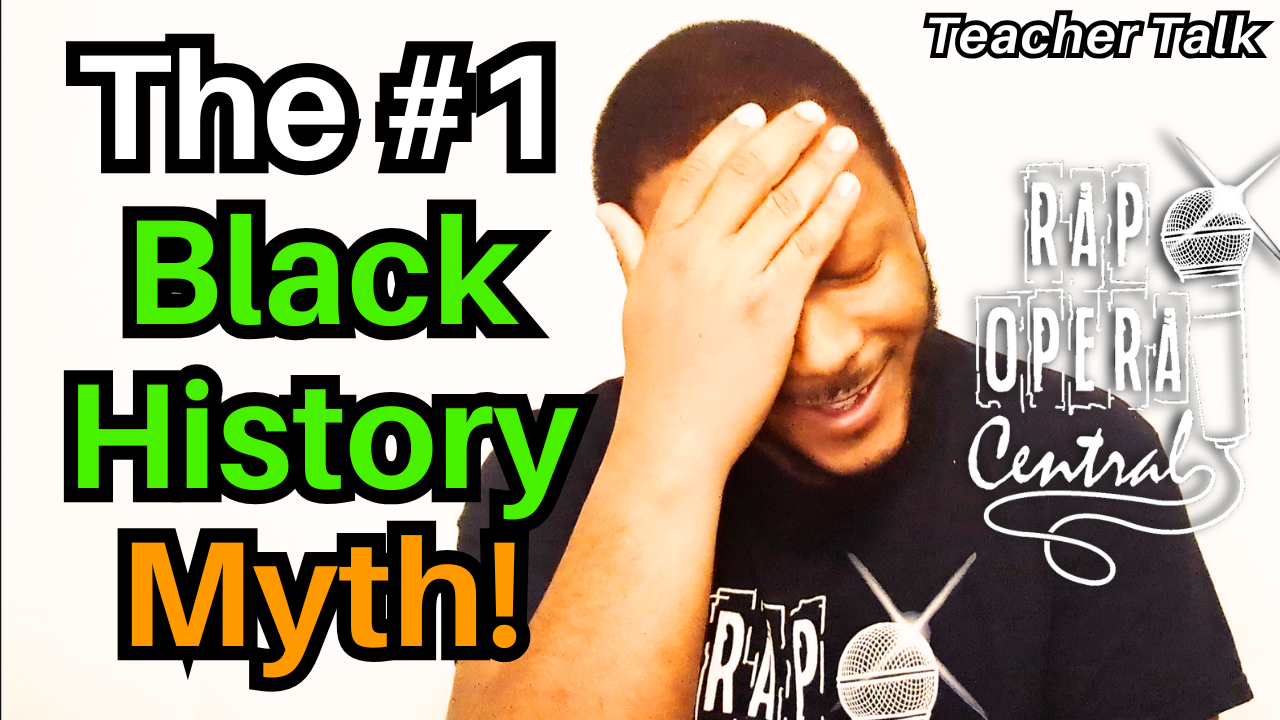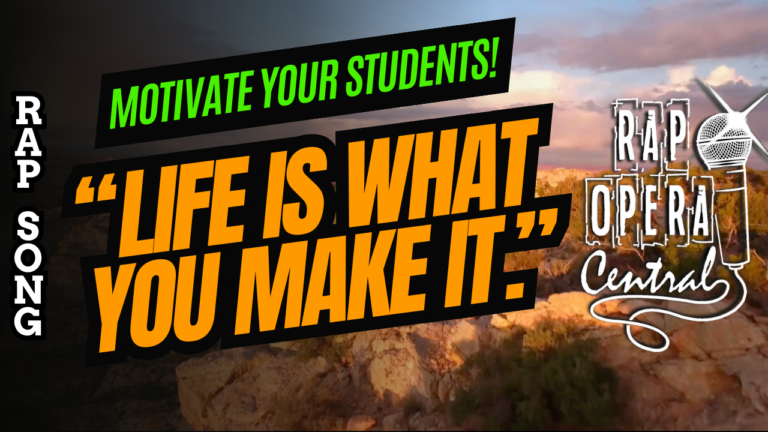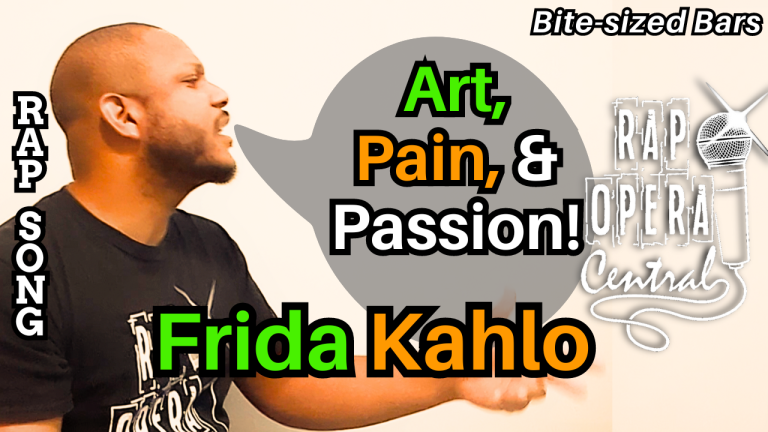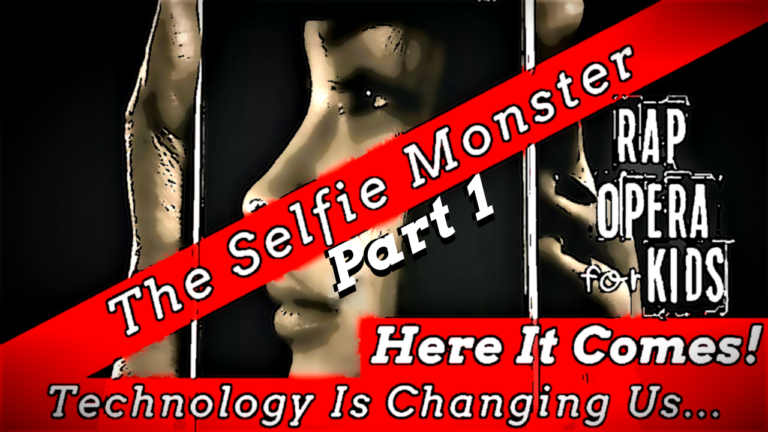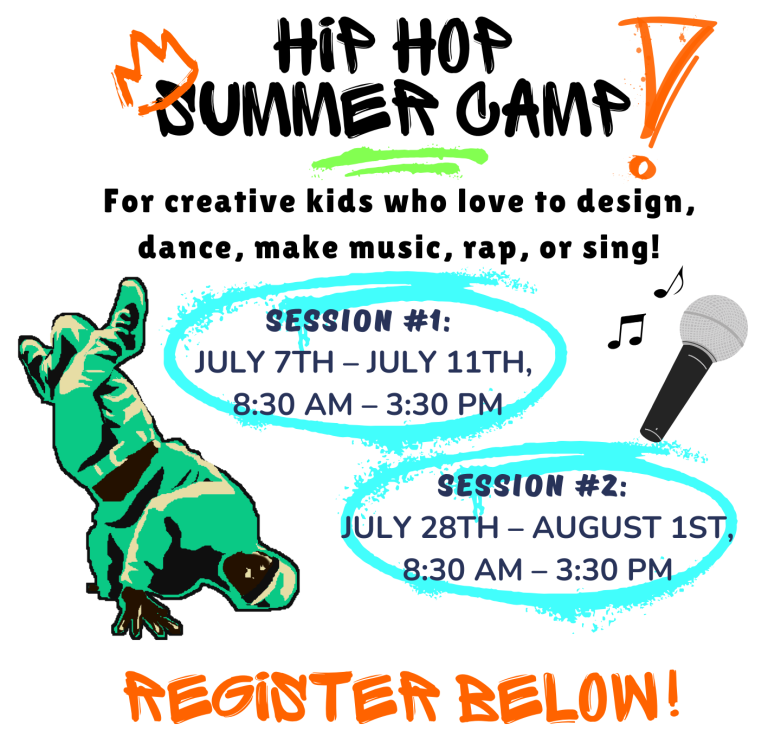Black History Facts for Kids!
There are many myths about Black history that get repeated, especially during Black History Month, so let’s debunk them with Black history facts for kids.
But first, what is the biggest myth?
The one that’s most often repeated.
The one that you most likely believe too.
Hip Hop is rap music. 🚫 100% Myth!!!
Let’s tear this myth apart with facts right now!
You can also watch the video where I go into detail below!
Hip Hop is NOT Rap Music 🎧
I get it—I used to believe this myth, too! When I was younger, I was really into breaking (what most people call “breakdancing”). In the Hip Hop community, we call it “breaking”—that’s the original term.
When I went to college, I met another breaker named Buddy, who knew way more about Hip Hop than I did. One day, I asked him something like, “Isn’t Hip Hop just rap?” and he quickly shut that down!
👉 “Man, you gotta learn your history. Hip Hop is NOT rap!”
And he was serious. He explained that as a breaker, I had to understand the full culture of Hip Hop.
So let’s break it down! 🔥
The Five Elements of Hip Hop 🏆
1️⃣ EmCeeing (Rapping) 🎤
This is what most people think of when they hear “Hip Hop.” The rap battles, the lyrics, the flows—EmCees like Kendrick Lamar, J. Cole, and Drake dominate the conversation. But Hip Hop doesn’t stop here!
2️⃣ Breaking (Dance) 🕺
Also called bboying or bgirling, this is the dance side of Hip Hop—think headspins, footwork, arm swings—that “dancey” stuff. Breaking is an essential part of Hip Hop culture, giving dancers a way to express themselves physically.
When Hip Hop first started in the early 1970s, all of the dances were collectively called “breaking”. However, each part of breaking has developed into its own style with poppin’, KRUMP, and TURFin, just to scratch the surface.
3️⃣ Graffiti (Physical art) 🎨🖌️
Graffiti isn’t just tagging walls—it’s a powerful form of artistic expression. From murals to subway art, graffiti is how many Hip Hop artists tell their stories visually.
*NOTE: Graffiti art CAN be LEGALLY done with permission. It’s not always vandalism.
4️⃣ DJing (Music/instrumental) 🎛️🎵
Before rap stars took the stage, DJs like Kool Herc were looping beats and creating the sound of Hip Hop. The DJ’s role is crucial—it sets the foundation for breakers, MCs, and the whole vibe of Hip Hop culture.
5️⃣ Knowledge (Know yourself, and know your history!)📚🧠
This is the most overlooked element of Hip Hop. True Hip Hop isn’t just about music or dance—it’s about understanding the history, the struggles, and the voices that shaped it.
Hip Hop: A Cultural Movement 🌎🔥
Hip Hop started in the Bronx in 1973 when DJ Kool Herc, a teen, looped beats together for kids at his sister’s birthday party to dance to. It wasn’t about fame or money—it was about community, self-expression, and empowerment. Over time, the music industry commercialized rap, creating a mainstream perception of it that differed from where it started in Hip Hop culture. 🎶
So, What Does This Mean for Your Students? 🎓✍️
Many students think Hip Hop is only about mainstream rap. But when they learn about its true elements, they see it as a powerful cultural movement—one that connects deeply with their own experiences.
Want to bring Hip Hop history into your ELA classroom? 🚀 Then check out the links below!
